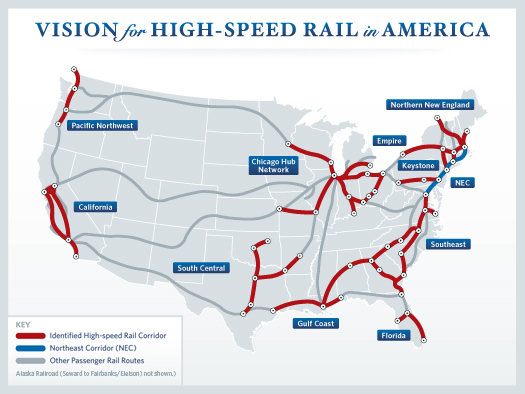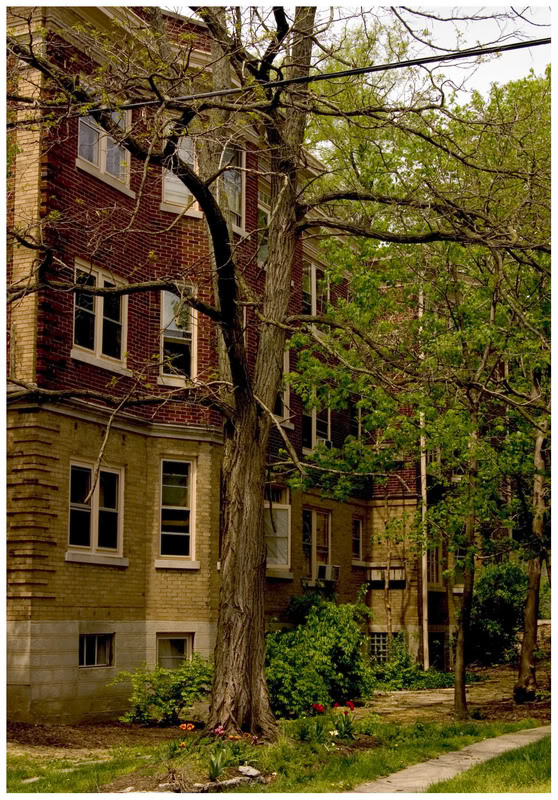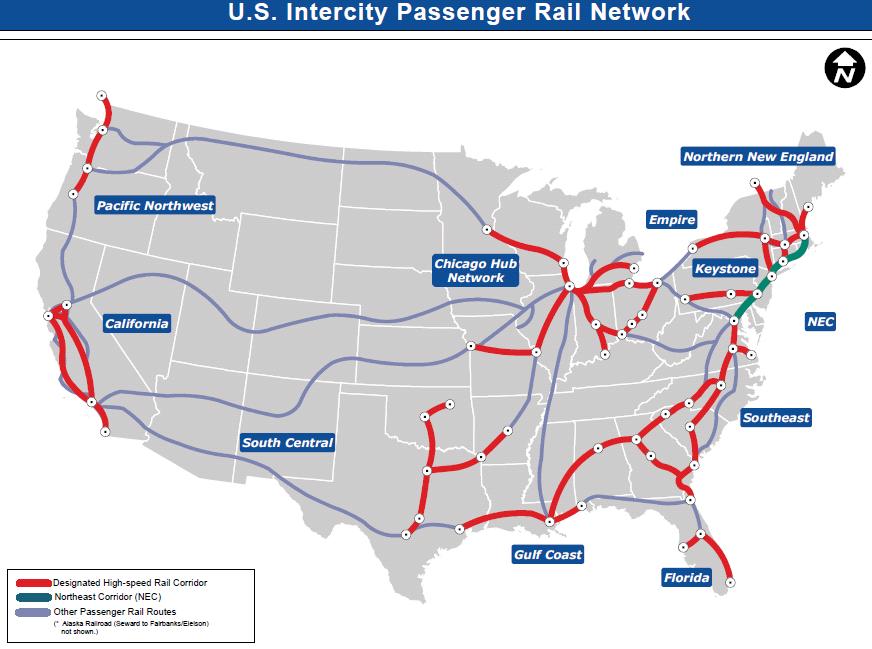Last week President Obama announced a bold $53 billion plan for high speed rail. The investment is proposed to take place over the next six years as part of the transportation reauthorization bill. If successful, President Obama (D) would place himself among the likes of Eisenhower and FDR in terms of infrastructure legacies.
Long-term, President Obama’s administration hopes to connect 80 percent of Americans with high speed rail within 25 years, but what does that mean for Ohio whose governor recently gave away a $400 million federal investment for such a system?
Well, what immediately is clear is that Ohio has gone from one of the nation’s leaders in high speed rail, to one of the last adopters in the matter of a few months. What may also be true going forward is hesitancy for the federal government to invest in high speed rail in Ohio while Governor Kasich (R) is in office – thus pushing Ohio further behind in the race to “win the future” and develop a nation-wide system of high speed rail.
“The Obama Administration understands that in order to win the future and grow America’s economy over the long-term, we must modernize our national transportation network,” said Secretary LaHood said in a prepared release. “We’re committed to repairing our existing infrastructure and building new ways to move people, goods and information around so we can strengthen our communities and our economy.”
The federal investment would provide money for both new infrastructure and critical maintenance and upgrades for existing intercity rail corridors. With Ohio boasting one of the best-suited corridors in the nation for intercity rail, but still lacking any existing intercity rail, it creates the possibility of the state receiving absolutely nothing from the $53 billion investment thanks to the decision by Governor Kasich to give away the original $400 million investment in intercity rail between Cincinnati, Dayton, Columbus and Cleveland.
For perspective, over the past 50 years, the federal government has spent more than $400 billion building the interstate highway system.
“A national high-speed rail system is not only an opportunity to redefine how we travel and how our regional economies grow,” said Reconnecting America President and CEO John Robert Smith. “It represents the type of innovation and progress that can secure a better future for our grandchildren.”
With the addition of 100 million citizens by 2050, Smith asserts that the nation needs new infrastructure that has the ability to move more people in more places and at higher speeds.
Reconnecting America research has found that investments between Harrisburg, PA, and Philadelphia have increased speeds to 110 mph, and the corridor has seen rail ridership rise by 57 percent. The corridor, Reconnecting America says, now boasts more passengers traveling by rail than by plane.









